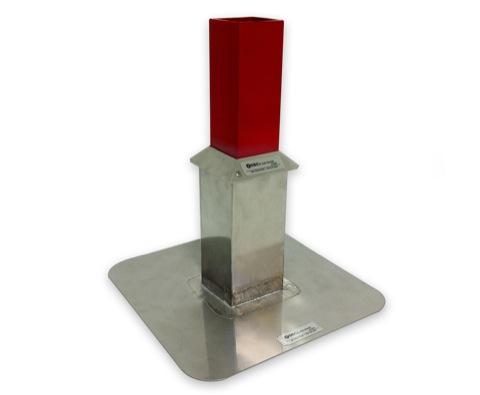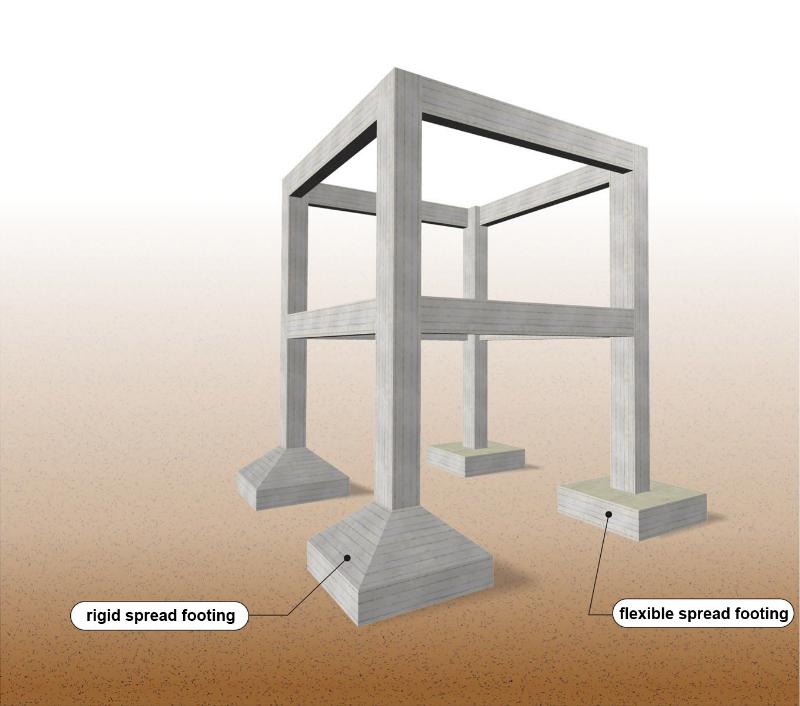Hi JP (and everyone),
I'm a belt and suspenders kinda guy myself, so I like the idea of going the extra mile to make something last. We all know that it's better and easier to do it right the first time.
I've started a business building passive homes (
https://CruxHomes.com) and I get lots questions that are hard to answer. It's unfortunate, but there is almost never a silver bullet when you build something; it always depends on where you're building. That being said, I'd like to know more about your property in Arkansas.
The things that are most likely to destroy wood are (in no particular order): insects, rot (generally fungus), repeat wetting and drying (physical damage by swelling then contracting repeatedly), salt infiltration (crystals growing inside the wood fibers), other physical damage (wind, freeze / thaw) and UV exposure.
To your point, the ancient Venetian wood hasn't rotted because there isn't enough oxygen, but your treated fence posts rot because the fungus that rots wood is ubiquitous, the constant moisture in your clay heavy soil in Houston leaches the treatment chemicals and then there is enough oxygen present for nature to take it's course once the treatment is gone.
I have to admit that I'm not 100% clear on what you're building. Do you need 30 individual posts or are you burying a wall of logs like a Wofati?
My rough thoughts are as follows:
- Dig a trench (or hole) where you want your post(s) to be
- Compact the earth at the bottom of this trench or hole
- Pour a spread footer or line with wide stone(s) capable of bearing the load of your post(s)
- Cover the footer or wide stone with gravel
- Line the sides of your log wall (or wrap your post) with several layers of old billboard tarps
- Back fill and re-compact the earth
- Add a flashing detail to minimize surface water from entering your footings
This should stabilize your moisture levels, give any water that does get in a place to go, remove the need for a french drain, minimize leaching out of your treated wood thus maintaining the integrity of your posts for a long, long time . . . no respirator required!
If you like this idea, I'll be happy to sketch it up for you . . .
I've attached an image of a prefabbed post flashing for individual posts to give you the notion of what I'm referring to, but it would probably be cheaper to fab your own.
I also included a flashing detail to give you a sense of what I have in mind should you build a log wall, but again if you like the idea, I'd be happy to sketch up something more specific.

Here's a what I mean by a spread footing (since it's a pretty generic term):
Here are some other references:
http://www.deckmagazine.com/design-construction/what-causes-wood-to-rot_o
https://bct.eco.umass.edu/publications/articles/wood-myths-facts-and-fictions-about-wood/
I hope this helps!





 1
1




 1
1









 1
1
























 1
1




 1
1







![Filename: Square-Flashing-for-Individual-Posts.jpg
Description: Square Flashing for Individual Posts [Thumbnail for Square-Flashing-for-Individual-Posts.jpg]](/t/85650/a/60588/Square-Flashing-for-Individual-Posts.jpg)







